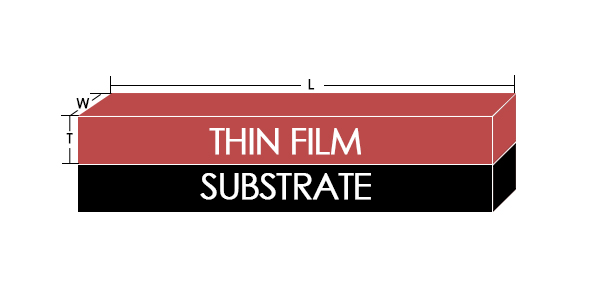PVD, Physical Vapor Deposition, is a general term for a series of coating methods. It includes two main categories: evaporation deposition coating and sputtering deposition coating. To specifictly classify it, there are vacuum ion evaporation, magnetron sputtering, MBE molecular beam epitaxy, sol gel method, etc.
For PVD vacuum coating with different principles, the concept of uniformity will have different meanings with the coating scale and film composition, and the factors affecting uniformity are also different. In general, film uniformity can be understood from the following three aspects.
Uniformity in thickness (roughness)
From the scale of optical films (that is, 1/10 wavelength as a unit, about 100A), vacuum coating can easily control the roughness within 1/10 of the wavelength of visible light, and the uniformity is quite good.
But if it refers to the uniformity on the atomic layer scale (that is to say, to achieve 10A or even 1A surface flatness), the roughness of the film can be good or bad, which is also the main technical content and technical bottleneck in the current vacuum coating.
The thickness uniformity is mainly determined by the following points: 1) the degree of lattice matching between the substrate material and the target material; 2) the surface temperature of the substrate; 3) evaporation power, speed; 4) vacuum degree; 5) coating time, thickness.

Uniformity in chemical composition
In thin films, the atomic composition of compounds can easily produce non-uniform properties due to their small size. For example, in the process of preparing SiTiO3 thin films, if the material ratio and environment are not strictly controlled, the components of the prepared surface may not be SiTiO3, but Sr, Ti, and O may exist in other proportions.
The uniformity of the components of the evaporation coating is not easy to guarantee, and the specific factors that can be adjusted are the same as the above, but due to the limitation of the principle, for the non-single component coating, the uniformity of the components of the evaporation coating is not good.
Uniformity of lattice order
This determines whether the film is single crystal, polycrystalline, or amorphous. It is also a hot issue in vacuum coating technology.
For more information, please visit https://www.sputtertargets.net/.
